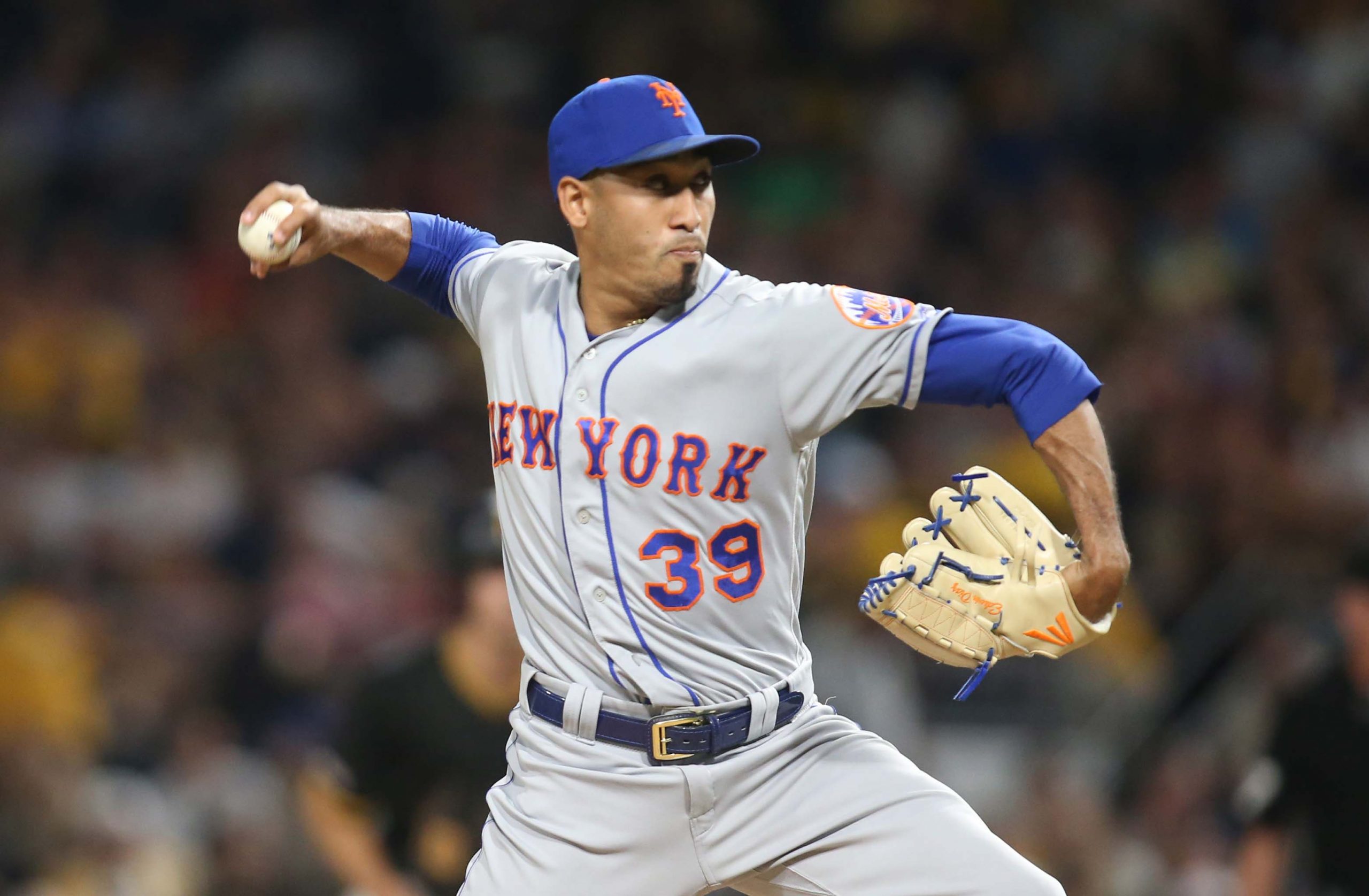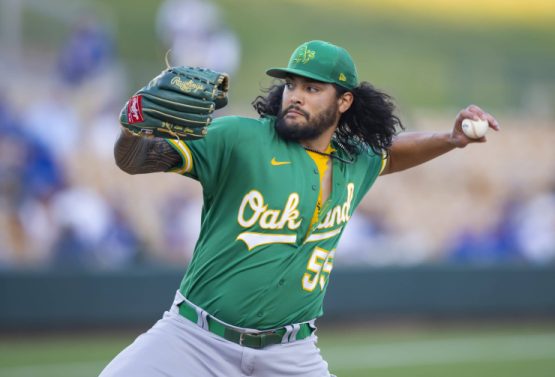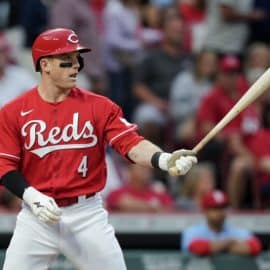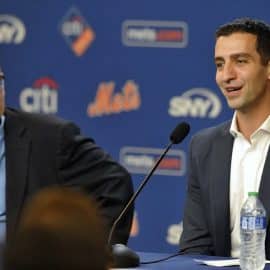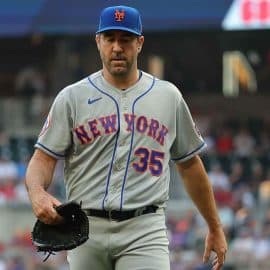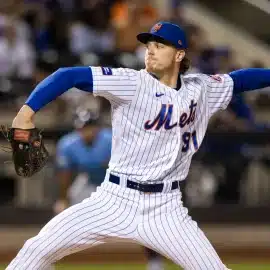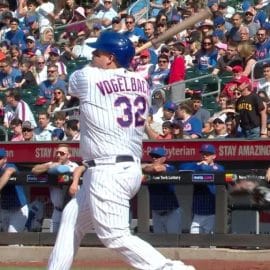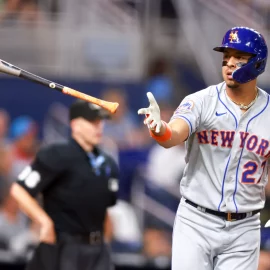Now that the New York Mets’ 2019 season is over, we are going to take a look at the year as a whole over the next several days. We will break down the offense, starting pitching, relievers, coaching staff, and declare a team MVP along the way. We continue our season review today with a look at the Mets’ bullpen.
While the last two Season in Review pieces have been largely positive, that won’t be the case today. The Mets’ bullpen was the biggest reason the team missed the playoffs, with reliever after reliever blowing late leads in big spots to cost them games. On the season, Mets’ relievers pitched to a 4.95 ERA and blew 27 saves, so it was a collective failure for the unit. Lets’ take a quick look at each reliever and what went wrong (or right, not everyone was a disaster) in 2019.
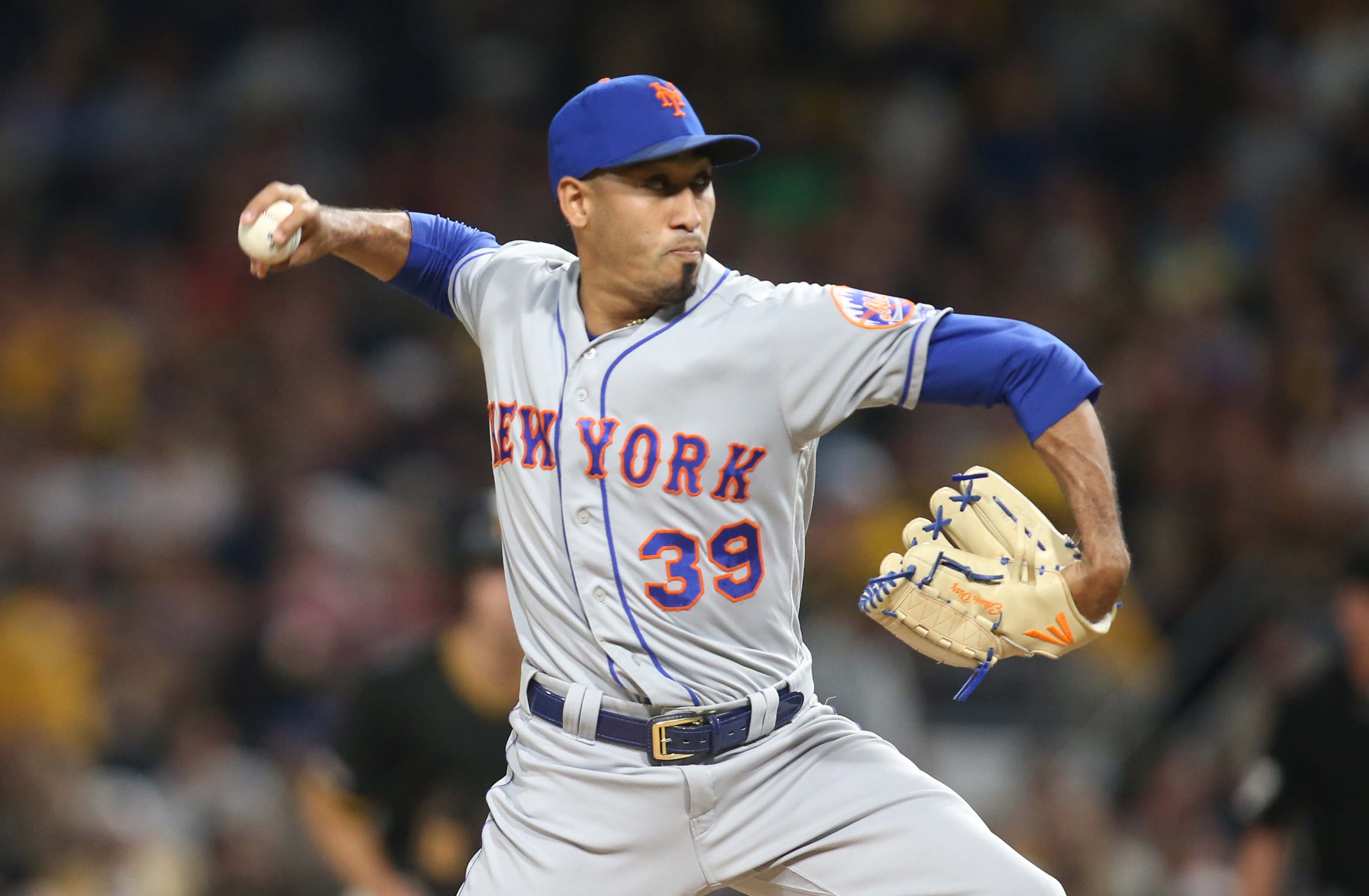
Edwin Diaz: After being acquired for top prospects to solve the Mets’ closing problem, Diaz had his worst year as a pro. Diaz pitched to a 5.59 ERA, 1.38 WHIP, blew seven saves, gave up 15 home runs, and lost his job in mid-August. The early returns on the trade have been a disaster, so the Mets need to do whatever they can to fix Diaz in 2020.
Jeurys Familia: The Mets brought back Jeurys Familia to be Diaz’s setup man, and he was pretty much just as bad as the closer, pitching to a 5.70 ERA. The good news is that Familia was better in the second half, but he had been reduced to mostly lower leverage work at that point, so it’s hard to tell if he will be able to build on that in 2020.
Seth Lugo: Lugo emerged as the Mets’ most reliable reliever in 2019, becoming a multi-inning weapon for Mickey Callaway and working as the closer down the stretch. The tough thing was that as effective as Lugo was, his availability was always an issue, with him only appearing in back-to-back games six times all season long.
Robert Gsellman: Year two as a reliever didn’t seem to work for Gsellman, who pitched to a 4.66 ERA before going down with an injury late in the season. There has been talk about moving Lugo back to the rotation with Zack Wheeler possibly leaving as a free agent, but Gsellman may also be a candidate for that since he had less success as a reliever than Lugo.
Justin Wilson: Wilson actually had the lowest ERA among the regular relievers, pitching to a 2.54 ERA, but he did miss significant time due to injury. The Mets were also using Wilson pretty much every day down the stretch and he started to wear down from a bit of overuse, but that problem can be avoided with more reliability from other relievers.
Luis Avilan: Avilan made the Opening Day roster after a strong camp, and he struggled at the start of the season. A trip to the injured list followed, and Avilan pitched much better in the second half, working to a 3.00 ERA in 33 second half appearances. Avilan was probably Callaway’s third best reliever down the stretch after Lugo and Wilson.
Tyler Bashlor: Bashlor flashed plus stuff but had trouble commanding it (walking 17 in 22 innings pitched) and keeping it in the park (surrendering six home runs). There were moments that Bashlor earned the trust of Callaway, but they were fleeting.
Drew Gagnon: Gagnon had a few stints in the Mets’ bullpen, and he had some good moments early in the year, but struggled as the year progressed.
Daniel Zamora: After a strong finish to 2018, Zamora failed to earn a place in the bullpen for most of 2019. Zamora also had trouble against lefties and righties, who both hit .294 against him.
Paul Sewald: Sewald’s overall numbers don’t look bad in the context of this bullpen, but he was left in the minors for long stretches of the summer when the team was having relief issues. That is a strike against Sewald, as is his role in the meltdown in Washington in September that served as an unofficial end to the Mets’ playoff dreams.
Brad Brach: The Mets picked up Brach as a free agent in August, and he pitched well upon his arrival, working to a 3.68 ERA in 17 appearances. Brach had significant platoon splits issues, but he is a guy worth retaining if a new manager can properly utilize him.
Chris Mazza: Mazza pitched great in the minors to earn a shot at the major league level, but he wasn’t able to do much once he got there. The most memorable Mazza moment is a blown save, however, as he was the guy who coughed up the lead in San Francisco after Pete Alonso gave the Mets a 16th inning lead with a home run. To be fair to Mazza, however, he was entering his fourth inning of work over the course of two games, so he probably was running out of gas.
Hector Santiago: One of Brodie Van Wagenen’s depth signings over the winter, Santiago was pretty much useless out of the bullpen, but he did earn a win while he was in Queens.
Stephen Nogosek: The last remaining piece of the Addison Reed trade, Nogosek finally made his big league debut this season, but he was completely ineffective against major league hitters.
Brooks Pounders: Pounders was a midseason waiver claim by the Mets, and he wasn’t as bad as his previous numbers would indicate. The Mets did remove him from the 40 man roster, however, so they felt he was expendable.
Tim Peterson: Raise your hand if you remember that Tim Peterson made the Opening Day roster. That might help you win a trivia contest one day, but Peterson’s year was entirely unremarkable, with only two big league appearances after the first week of the season.
Jacob Rhame: After a year of riding the Las Vegas shuttle in 2018, Rhame mostly remained in the minors this year. The Mets may not be impressed with Rhame, whose 40 man roster spot could be in jeopardy after the season.
Corey Oswalt: Oswalt was converted to a reliever at the big league level, and he was hit hard in a couple of appearances. The Mets declined to add him to the big club in September, which could be a sign his future with the team isn’t looking good.
Ryan O’Rourke: After a solid camp, O’Rourke made a couple of appearances with the Mets in early May, but was sent down to the minors and never heard from again.
Donnie Hart: The Mets claimed Hart off waivers from Milwaukee in August, and he made one appearance for them before being sent to the minors when the team signed Brach. Hart returned in September, but didn’t pitch again for the rest of the season.
Add The Sports Daily to your Google News Feed!
